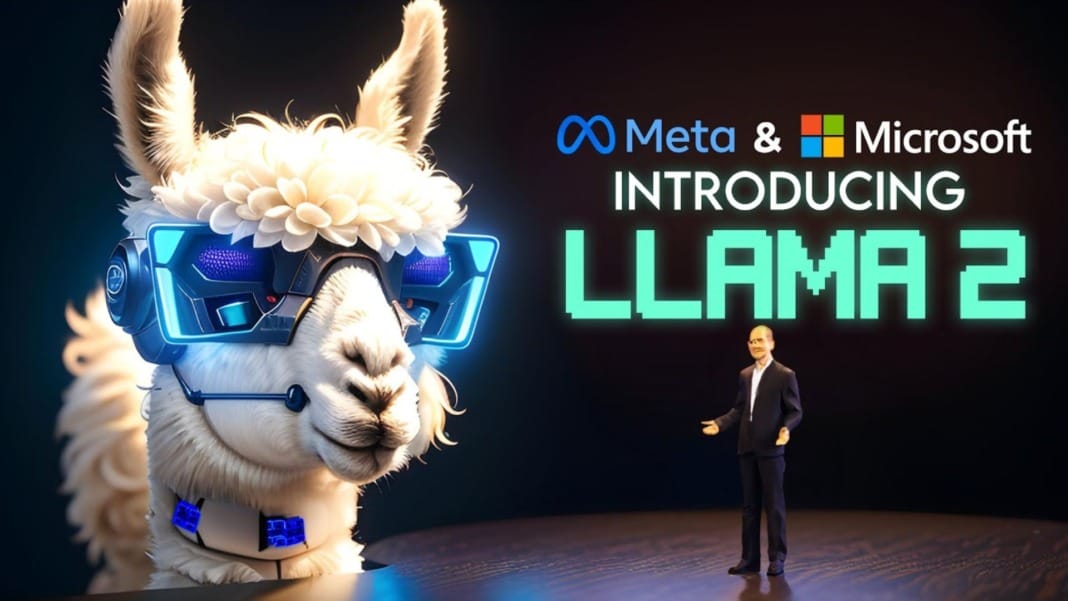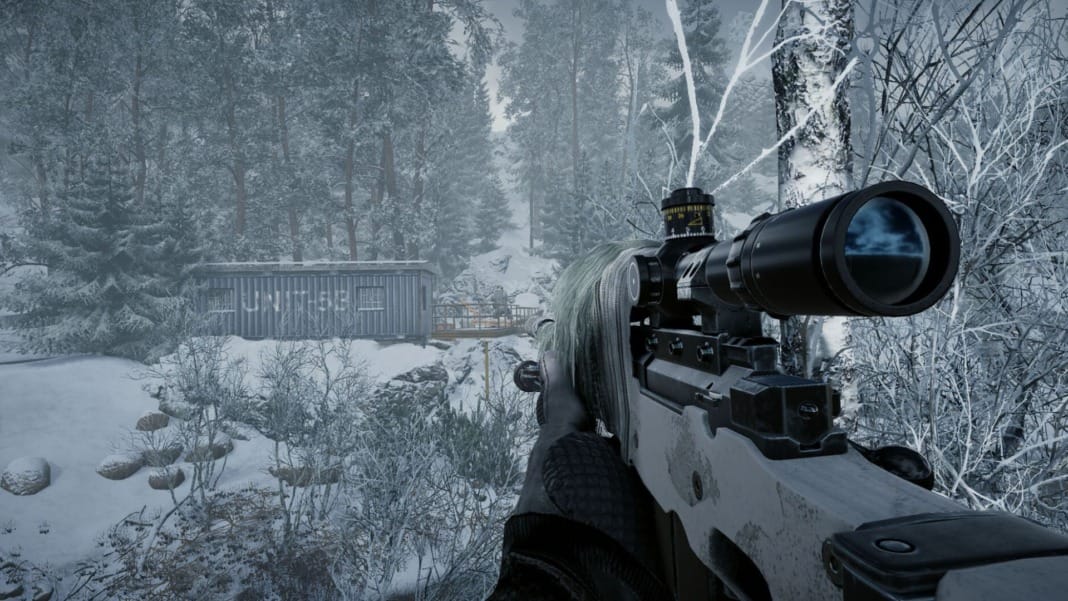Chinese carmaker BYD has captured attention this week, claiming that its new Han L sedan can add up to 248 miles of range in just five minutes. If true, this would bring EV charging times much closer to refuelling a petrol car, a major breakthrough for the industry.
However, BYD has shared a few details and has not responded to requests for clarification. So, we have explored the available information to understand precisely how this new technology works and whether it truly lives up to its promise.
Advanced battery technology
The Han L’s rapid charging ability is centred on its high-tech battery. According to CarNewsChina, which cites regulatory documents, the vehicle is equipped with an 83.2 kWh lithium-iron-phosphate (LFP) battery pack that operates at 945 volts. In marketing materials, BYD rounds this up to 1,000 volts.
The choice of LFP battery chemistry is key to fast-charging performance. LFP batteries are well known for their stability and safety, significantly reducing the risk of overheating or catching fire compared to nickel manganese cobalt (NMC) batteries. The electrochemical properties of the cathode-anode design also allow for faster charging.
BYD has years of experience with LFP technology, and its latest battery system, Blade 2.0, is expected to debut in the Han L. This expertise has likely enabled the company to push the limits of battery and electrical architecture to achieve ultra-fast charging speeds.
An advanced electrical system running at 945 volts supports the battery. High-voltage systems help reduce heat buildup, allowing energy to flow more efficiently and safely. Several automakers, including Lucid, Hyundai, Kia, and Porsche, have adopted 800-volt or higher systems to improve charging times. Tesla’s Cybertruck also uses an 800-volt architecture, while most other Tesla models operate around 400 volts.
The Han L takes this further, reaching charging speeds of up to 1 megawatt (1,000 kilowatts). To put this into perspective, the fastest widely available EV chargers in the US today provide only 350 kilowatts. However, high-power charging generates a lot of heat, requiring thick cables, often with liquid cooling, to prevent overheating.
To manage this, BYD has introduced a ‘dual gun’ approach. The Han L features two charging ports connecting to separate 500 kW chargers simultaneously, delivering 1 megawatt of power. This method helps keep cable thickness manageable while maintaining extreme charging speeds.
Real-world charging performance
BYD claims that the Han L can gain 248 miles (400 km) of range in five minutes. However, real-world performance may be lower. According to InsideEVs, China’s CLTC testing standard tends to overestimate the range by around 35% compared to the EPA rating. Based on this, a more realistic estimate would be around 160 miles of range from a five-minute charge and roughly 280 miles on a full charge.
For a clearer picture, charging from 16% to 80% reportedly takes 10 minutes, while a full charge from 16% to 100% takes 24 minutes. These figures still represent a major step forward for EV charging speeds.
The future of fast charging
Despite these advancements, an EV’s charging speed is only as good as the charging infrastructure available. BYD’s move towards ultra-fast charging will only be effective if compatible high-power chargers become widely accessible. The company has pledged to expand charging options, but details on these plans remain limited.
If BYD can deliver on its promises, Han L’s breakthrough technology could change the landscape of EV charging. By significantly reducing charging times, the transition from petrol to electric vehicles could become much smoother for consumers.





